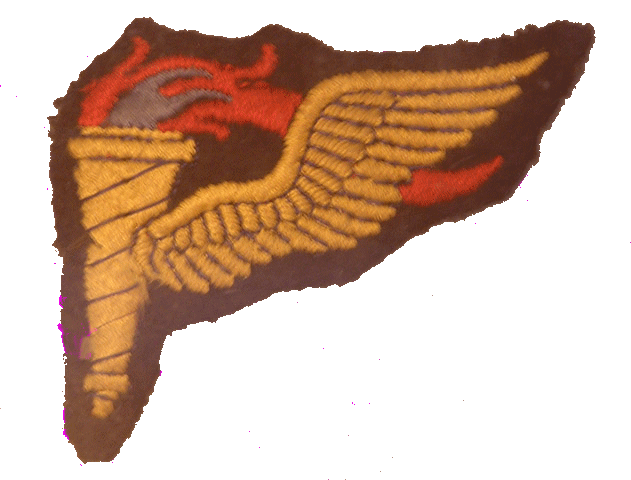|
 History History
The pathfinders were a group of volunteers specially trained to operate
navigation aids to lead the main airborne body to the drop zone (DZ).
The pathfinder sticks were made up of a group of eight to twelve
pathfinders and a group of six bodyguards whose job was to defend the
pathfinders while they set up their equipment. The pathfinder teams
dropped approximately thirty minutes before the main body in order to
locate designated drop zones and provide radio and visual guides for the
main force in order to improve the accuracy of the jump. These
navigational aids included compass beacons, colored panels, Eureka radar
sets, and colored smoke. When they jumped, the pathfinders often
would encounter less resistance than the follow up waves of
paratroopers, simply because they had the element of surprise on their
side; Once the main body jumped, the pathfinders then joined
their original units and fought as standard airborne infantry.
Normandy
Pathfinders taking part in the Allied parachute assault in Normandy,
France on 6 June 1944, were trained by the Pathfinder School at
RAF
North Witham. At 2130 hours on 5 June, about 200 pathfinders began
to take off from North Witham, for the Cotentin Peninsula, in 20 C-47
aircraft of 9th Troop Carrier Command Pathfinder Group. They began to
drop at 0015 on June 6, to prepare the drop zones for the 82nd and 101st
Airborne Divisions. They were the first US troops on the ground on
D-Day. However, their aircraft were scattered by low clouds and
anti-aircraft fire. Many never found their assigned landing zones. Some
of the landing zones were too heavily defended. Some were flooded. The
low clouds and extremely intense anti-aircraft fire caused the
pathfinder sticks to be dropped off course, with only one stick landing
in the correct place. Their radar beacons did work
somewhat effectively; even though the pathfinders set up their equipment
off course, many of the sticks of follow up paratroopers landed
clustered near these beacons However, the lights proved ineffective, as
most were not set up due to the clouds and mis-drops of the pathfinders
(Source Wikipedia) |
508TH PATHFINDERS
mission was to mark DZ "N" north of Picauville. |





